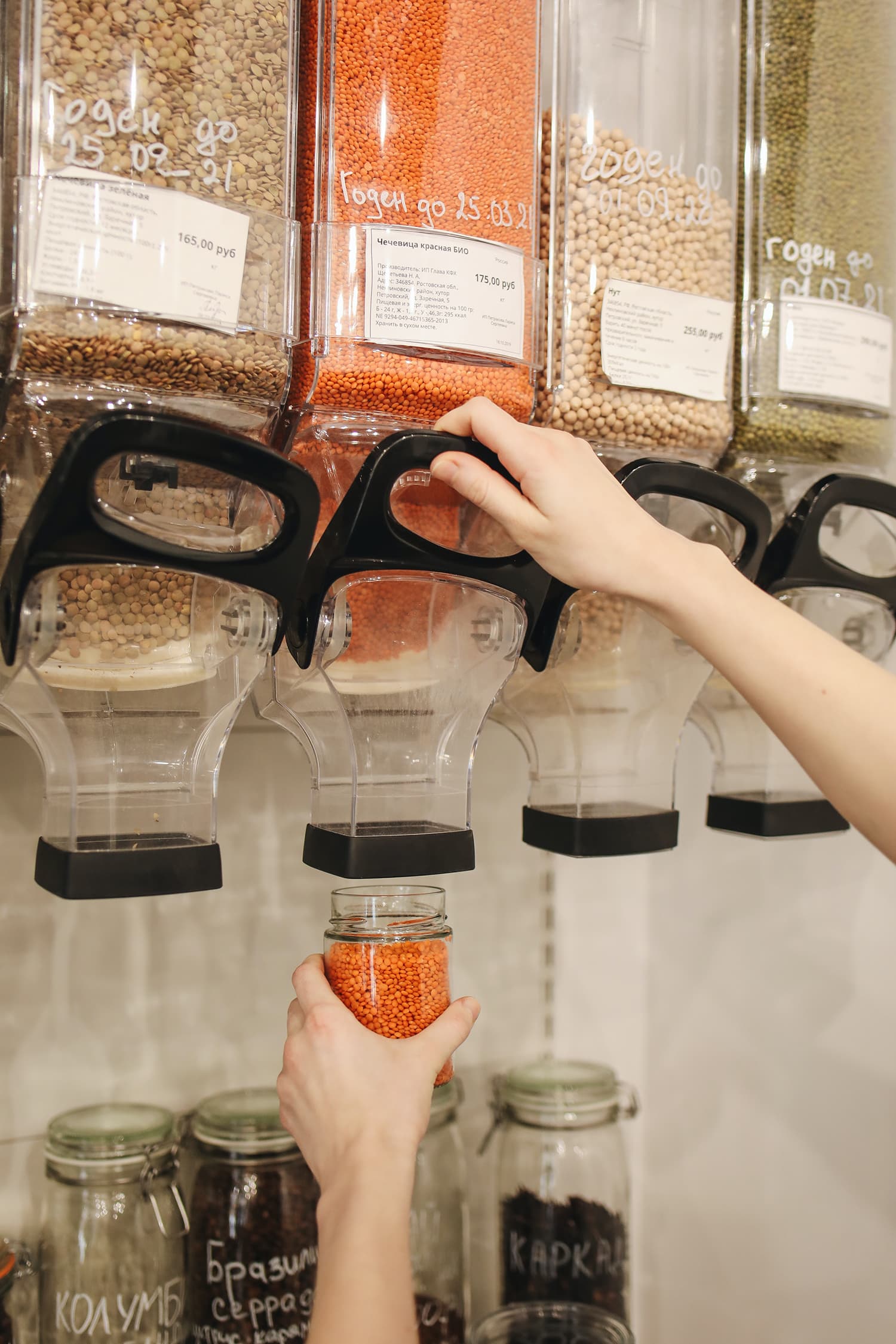Environmentally friendly, eco-friendly, sustainable, green…. the terms are endless, but they all mean the same thing: changing the way you do business for the good of the planet – and then letting your customers know about it! But implementing a green marketing strategy is not as easy as it might first seem. Follow these important tips and make sure you get it right.
What is green marketing?
First of all, what exactly is green marketing? The term is used often, but some companies use it to mean different things. Usually, it is seen as a way of promoting the products you sell, according to their environmentally friendly credentials.
These can vary, but may include:
- Using minimal or 100% recycled packaging,
- Being manufactured with environmentally friendly materials
- Highlighting a product’s reusability.
Often, companies like to promote their whole brand as having a green ethos, and talk about their commitment to sustainability, on a company-wide basis. This could be by demonstrating social responsibility, or by emphasising their company-wide policy of using renewable energy sources. While many of these initiatives create an initial outlay, the long-term benefits are huge. Exhibiting to your customers that you care about the footprint your company leaves can work considerably well at boosting the overall positivity associated with your brand. And what’s more, you’re working for the greater good in the process.
Be consistent
One of the main ways that you can let yourself down when it comes to green marketing, is by showing a lack of consistency. Having one product marketed as eco-friendly and made from recycled materials, when everything else you sell seems to show little regard for the environment, does not suggest a real commitment to sustainability. To avoid this pitfall, make sure you show your sustainability credentials across different key business areas.
It’s easy to avoid, though; simply think your strategy through, and make eco-friendly changes that are in evidence right across your brand or product range. So, if you draw attention to a lack of single-use plastic in one of your products, try to make sure it’s replicated in others too. If you’re not ready or able to do this yet, set a goal for when you will – and make this a part of your strategy. Which leads on to the next point:
Be ambitious
Rome wasn’t built in a day, and if all companies waited until they could go all-out green in every aspect of their business, then we would be waiting a long time. While a holistic and consistent approach is ideal, if there are gaps in your green credentials, don’t worry. Instead, make them a part of your vision for the future – and announce it to your public.
Set realistic but ambitious targets, such as ‘zero waste by 2025’, or ‘running fully on renewables by 2026’. Show your public what you’re doing in the long-term, and it will make the smaller things you do today seem more valuable and sincere. Plus, since many individuals are trying to set themselves personal green targets, they are likely to look favourably on your brand if you are trying to do the same thing – albeit on a larger scale.
Maintain quality
While substituting one ingredient for a less toxic or a more environmentally friendly alternative is clearly a good thing, it’s also vital that the new ingredient works just as well. Sometimes, companies are keen to rid their products of a toxic component – without researching the replacement. This is exemplified in a rather disastrous example of a paint company replacing additives with something rather smellier. The lesson to learn? Don’t rush your eco-friendly substitutions!

Communicate with your audience
Of course, the goal of any marketing campaign is to tell the public all about how amazing you are. Green marketing is no different, but one problem with a company-wide sustainability campaign, is it can get complicated. Instead, promote your intentions and aims through simple symbolic gestures. Try hosting a ‘green party’, to launch your business’s new outlook, and have eco-friendly branded merchandise ready to hand out. Cheap printed pens can be customised with your company logo, or printed with your mission statement. What’s more, they don’t have to be made of plastic; this company has a range of cheap personalised pens made from bamboo, recycled paper or even cork and wheat straw.
Adopt a holistic approach
Changing ingredients or materials in your products to toxic-free, or environmentally friendly is a great step in the right direction. In fact, this kind of wholescale approach meets your clients’ needs, with around 79% of consumers stating that they are changing their habits or preferences based on a company’s sustainability practices. However, consumers are also able to detect any inconsistencies – so make sure your approach runs throughout your company.
This means avoiding simple slipups like changing your product ingredients for an all-out green campaign – and then packaging them in reams of plastic. These errors can unfortunately backfire, and produce a negative effect. However, done well and your brand identity can be furthered so it is worth the effort!
Avoid greenwashing
If you are serious about green marketing, don’t do it in half-measures. The public can easily see through perfunctory nods to the environment, and this kind of approach can do more harm than good. In fact, some companies have gone one step further. They’ve drawn attention to non-existent eco-friendly credentials, in the hope of finding favour with an audience who prefers to use companies who care about the planet. This disastrous approach has its own name – greenwashing – and can of course cause significant damage a company’s reputation.
Don’t fixate on quantifying the impact
While this kind of impact is harder to measure than, say, a special offer or a marketing campaign linked to a specific product, the benefits are far-reaching and should form a part of your long-term marketing strategy. Although it can be trickier to assess the impact of green marketing, there are some ways to do it. Polling a group of people can help you gauge how the public feels about your brand, but really the best advice is not to try to put a return on investment on your green marketing campaign. Done well, green marketing will attract the right kind of attention to your brand – and deliver more clients. But this should not be your only motivating goal.
Studies show that customers feel strongly about protecting the environment. And, since we all have a moral duty to do our bit to preserve the world’s finite resources, surely the best approach is to do the right thing, let people know and they will vote with their feet. It’s a win-win situation: you save the world, and attract more business along the way!
The post How to Do Green Marketing appeared first on urdesignmag.








